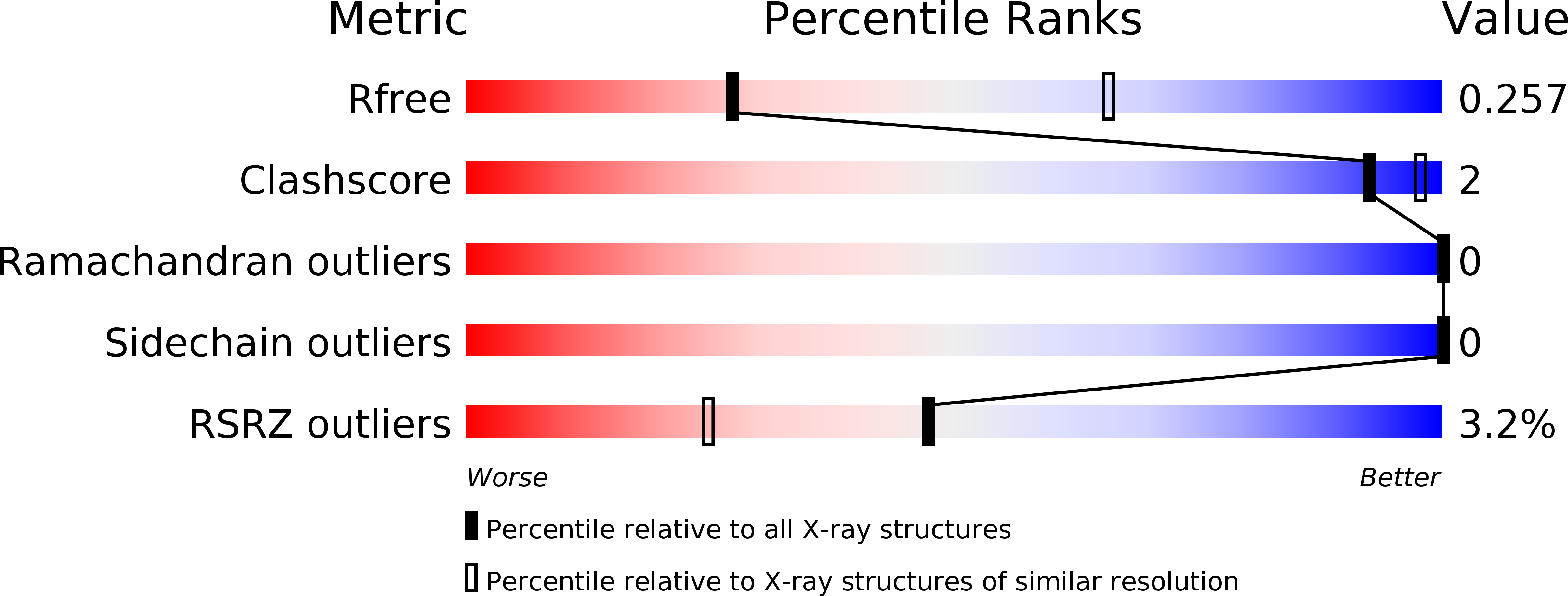
Deposition Date
2019-05-10
Release Date
2019-07-03
Last Version Date
2024-01-24
Method Details:
Experimental Method:
Resolution:
3.07 Å
R-Value Free:
0.25
R-Value Work:
0.22
R-Value Observed:
0.22
Space Group:
P 61


